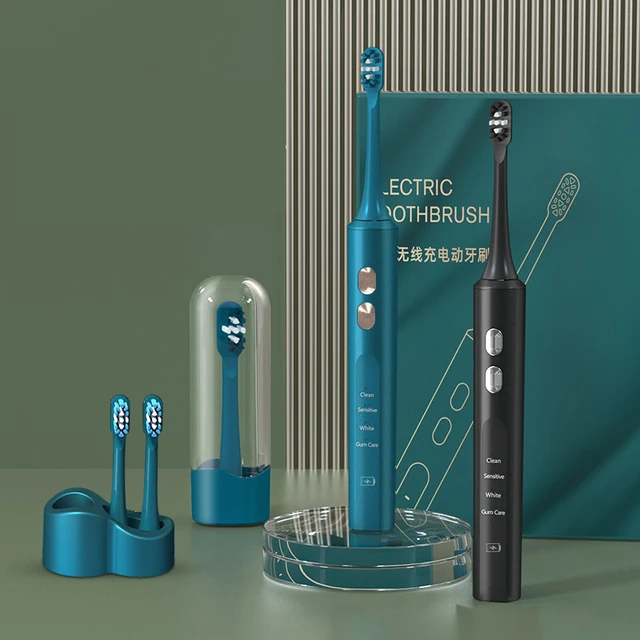Introduction:
Regularly replacing the head of your electric toothbrush is essential for maintaining optimal oral hygiene. Over time, the bristles on the brush head can become worn, frayed, or less effective at removing plaque and debris from your teeth. Knowing when to replace your electric toothbrush head is crucial for ensuring its effectiveness and maintaining good oral health. In this guide, we will explore the signs indicating that it’s time to replace your electric toothbrush head. By understanding these indicators, you can maintain a healthy oral care routine and maximize the benefits of your electric toothbrush.
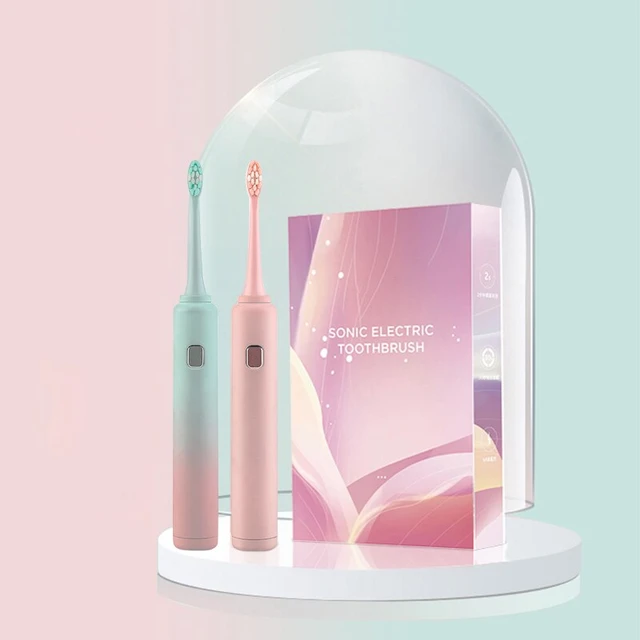
How do I know when to replace my electric toothbrush head?
Recommended Replacement Time:
The first step in knowing when to replace your electric toothbrush head is to determine the manufacturer’s recommended replacement time. Most dental professionals and manufacturers recommend replacing the brush head every three to four months. This timeframe ensures that the bristles remain effective at removing plaque and maintaining good oral hygiene.
Bristle Condition:
The condition of the bristles on your electric toothbrush head is a key indicator of when it’s time for a replacement. Consider the following aspects:
a. Frayed or Bent Bristles: Inspect the bristles for any signs of fraying or bending. Over time, the bristles can become worn down or misshapen, reducing their cleaning effectiveness. If you notice frayed or bent bristles, it’s a clear indication that it’s time to replace the brush head.
b. Faded or Discolored Bristles: Pay attention to the color of the bristles. Over time, the bristles may fade or become discolored due to regular use. Discolored bristles may indicate that the brush head is no longer as effective at removing plaque and bacteria.
c. Stiff or Soft Bristles: Electric toothbrush heads are available in different bristle types, such as soft, medium, or firm. If you notice a significant change in the texture or stiffness of the bristles, it’s likely time to replace the brush head. Stiff bristles can cause discomfort or damage to your gums, while overly soft bristles may not effectively clean your teeth.
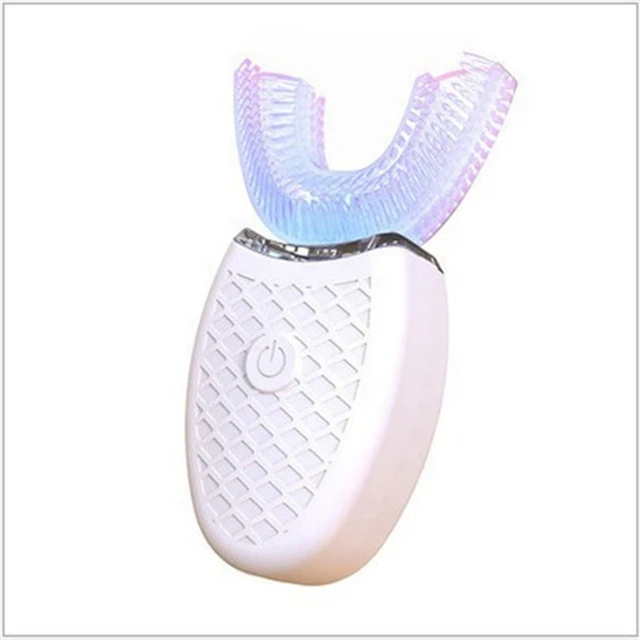
Reduced Cleaning Performance:
As the brush head ages, you may notice a decline in its cleaning performance. Consider the following signs:
a. Ineffective Plaque Removal: If you find that your electric toothbrush is no longer effectively removing plaque and debris from your teeth, it may be time for a replacement. As bristles wear down, their ability to reach between teeth and along the gumline diminishes, leading to inadequate cleaning.
b. Longer Brushing Time: If you find that you need to spend more time brushing to achieve the same level of cleanliness, it may indicate that the brush head is no longer working optimally. A worn-out brush head may require extra effort and time to clean your teeth thoroughly.
c. Uneven Wear: Uneven wear on the bristles of your electric toothbrush head can affect its cleaning performance. If you notice that certain areas of the brush head wear down more quickly than others, it’s a sign that the brush head needs to be replaced.
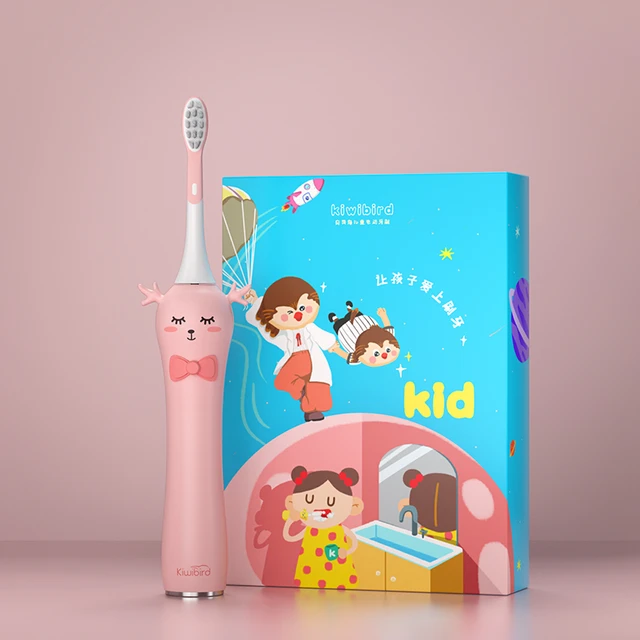
Oral Health Changes:
Your oral health can also provide insights into when to replace your electric toothbrush head. Consider the following aspects:
a. Gum Sensitivity or Irritation: If you notice increased gum sensitivity or irritation during or after brushing, it may be a sign that the brush head has worn down and is no longer suitable for your oral health needs. Replacing the brush head with a fresh one can alleviate discomfort.
b. Increased Plaque or Tartar Buildup: If you observe a significant increase in plaque or tartar buildup on your teeth and along the gumline, it may indicate that your brush head is no longer effectively removing these substances. This can be an indication that it’s time for a replacement.
c. Dental Professional Recommendation: Regular dental check-ups are an excellent opportunity to consult your dentist or dental hygienist regarding the condition of your electric toothbrush head. They can offer personalized recommendations based on your oral health needs and advise you on when to replace the brush head.
General Timeline:
In addition to the recommended replacement time, other factors can influence when to replace your electric toothbrush head. Consider the following general timeline:
a. Illness or Infection: If you have been sick or had an oral infection, it is advisable to replace your toothbrush head afterward. Bacteria can accumulate on the bristles, increasing the risk of reinfection or spreading the illness.
b. Sharing a Toothbrush: If you share your electric toothbrush with someone else, it’s essential to replace the brush head more frequently. Sharing a brush head can lead to the transfer of bacteria and increase the risk of oral infections.
c. Travel or Extended Periods of Non-use: If you haven’t used your electric toothbrush for an extended period, such as during travel or illness, consider replacing the brush head upon resuming your regular oral care routine.
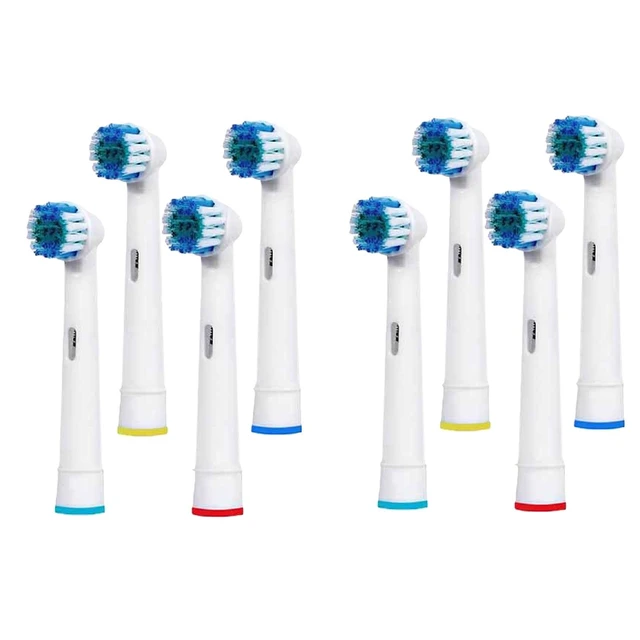
Maintaining Hygiene and Preventing Contamination:
Replacing your electric toothbrush head regularly is also important for maintaining hygiene and preventing bacterial contamination. Consider the following factors:
a. Bacterial Buildup: Over time, bacteria can accumulate on the bristles of your toothbrush head, even with proper rinsing and cleaning. Bacterial growth can be more pronounced in a worn-out brush head where the bristles may be less effective at cleaning. Regularly replacing the brush head helps minimize bacterial buildup and reduces the risk of oral infections.
b. Mold or Mildew: In humid environments, such as bathrooms, mold or mildew may develop on the bristles of an older brush head. This can pose a health risk when brushing your teeth. By replacing the brush head regularly, you can prevent the growth of mold or mildew and maintain a hygienic brushing experience.
c. Cross-Contamination: If multiple people in your household use the same electric toothbrush handle, it’s crucial to replace the brush head regularly to minimize the risk of cross-contamination. Sharing brush heads can lead to the transfer of bacteria and oral diseases between individuals.
d. Dental Procedure or Surgery: If you have recently undergone dental procedures, oral surgery, or any treatment that affects your oral health, it is advisable to replace your brush head afterward. This helps prevent potential infection and promotes a faster and safer healing process.
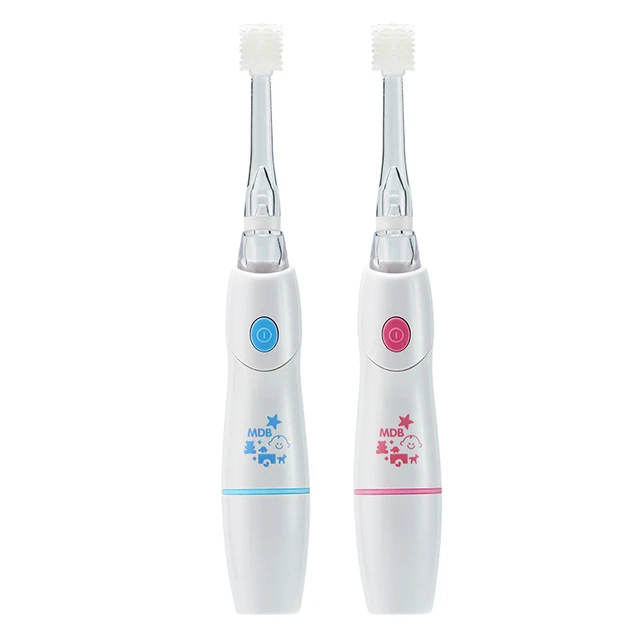
Conclusion:
Regularly replacing your electric toothbrush head is essential for maintaining optimal oral health and ensuring effective plaque removal. Monitoring the condition of the bristles, observing changes in cleaning performance, and paying attention to your oral health are key in knowing when to replace the brush head. By adhering to the manufacturer’s recommended replacement time, checking for frayed or discolored bristles, and considering changes in your oral health, you can confidently determine when it’s time for a fresh brush head. Remember, proper oral hygiene is crucial for overall health, and replacing your electric toothbrush head at the appropriate time helps you maintain a healthy and radiant smile.

